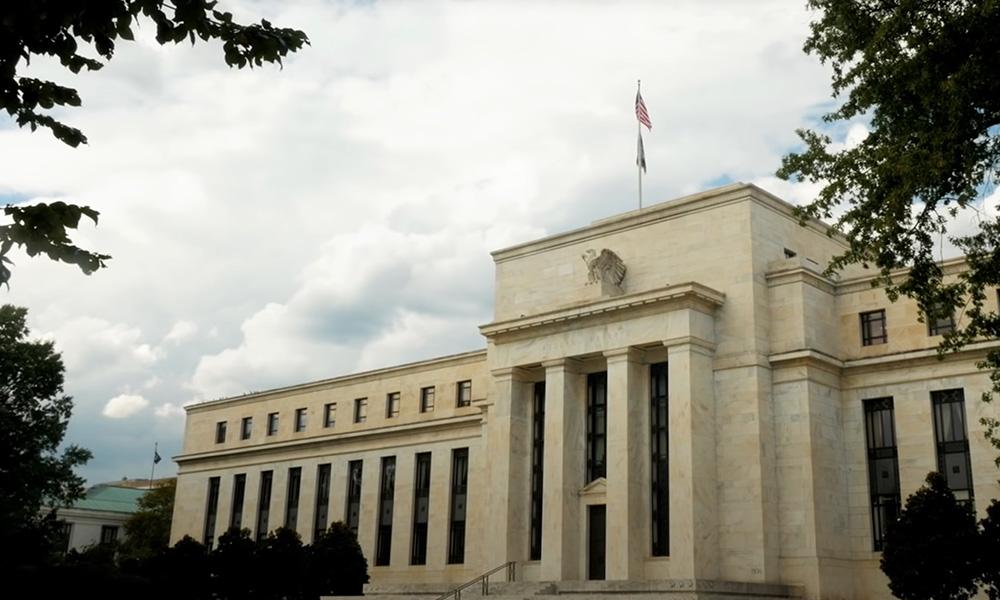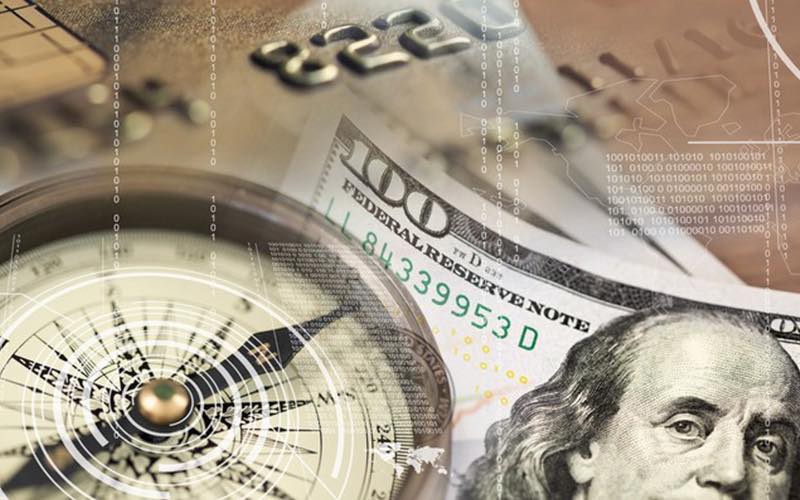Internal divisions within the Federal Reserve intensify: inflation is shrouded in a fog and the prospects for interest rate cuts are uncertain!
2025-07-10 13:02:52

Divisions within the Fed emerge
At the June 17-18 policy meeting, the discussion of the Federal Reserve's rate-setting committee showed a clear split. The minutes showed that most officials were inclined to resume rate cuts later this year, citing signs of weakness in the labor market and inflationary pressures from tariffs as relatively mild and temporary. However, another group of officials was cautious, believing that the progress of inflation rates falling back to the Fed's 2% target was not sufficient and there was no sufficient reason to support rate cuts in the short term. These officials were concerned that even if inflationary pressures seemed controllable, the potential impact of tariffs could further intensify in the coming months, pushing up price levels.
It is worth noting that the minutes also revealed a subtle but important point: some officials believe that the current interest rate level may not be significantly higher than the "neutral interest rate" - that is, the interest rate that neither stimulates nor suppresses economic growth. This view is reflected in both the camps that support and oppose rate cuts. This means that even if the Fed resumes rate cuts within the year, the extent of the cuts may be relatively limited and must be cautiously advanced with the support of economic data.
Dual risks of inflation and labor market
Fed officials' assessment of the economic outlook at their June meeting showed a mixed mindset. Although the risk of a sharp economic slowdown or a sharp rise in inflation has eased compared with the early May meeting, the risks of higher inflation and a weak labor market remain. Most officials believe that upward pressure on inflation is more prominent than the slowdown in economic activity. The minutes pointed out that while some participants believed that tariffs would only lead to a one-time price increase and have limited impact on long-term inflation expectations, more officials were concerned that tariffs could bring more persistent inflationary pressures. This divergence reflects the Fed's dilemma in balancing short-term economic stability with long-term policy goals.
In addition, US President Trump has recently downgraded some of his trade confrontation actions, such as easing the trade conflict with China, which has reduced the risk of sharp economic fluctuations to a certain extent. However, Fed officials remain highly vigilant about future uncertainties, especially against the backdrop of possible changes in global supply chains and trade policies.
Minority voice: possibility of a rate cut in July
One of the most striking details in the minutes was that two Fed officials publicly expressed support for a July rate cut. The two officials are Federal Reserve Governors Christopher Waller and Michelle Bowman, both appointed by Trump . Waller and Bowman believe that the impact of tariffs on prices will be one-off and mild, and are not expected to trigger sustained high inflation after 2026. This position is in stark contrast to the cautious attitude of Federal Reserve Chairman Jerome Powell. Powell did not pave the way for a July rate cut in recent public occasions, but emphasized that he would pay close attention to inflation data in June and July to assess the transmission effect of tariffs on retail prices.
In his congressional testimony, Powell said: "We remain open to the impact of tariffs on prices. If the transmission effect is lower than expected, it will have an impact on our policy decisions." This cautious wording indicates that Powell prefers to take action when the data clearly supports it rather than cut interest rates hastily.
External Pressure and the Independence of the Federal Reserve
The Fed's decision-making environment is not only constrained by economic data, but also faces huge political pressure from the White House and Trump himself. Trump recently wrote to Powell, reiterating his hope that the Fed would reduce the financing costs of U.S. Treasury bonds by cutting interest rates. This request is contrary to the Fed's statutory duties - maintaining low inflation and a strong labor market - and has aroused widespread concern about the Fed's independence. Powell responded clearly, denying that the Fed's decision-making has any partisan bias, and emphasized that its policy goal is to serve the long-term stability of the economy, rather than providing cheap financing for the government.
Public criticism from Trump and his advisers has further increased external pressure on the Fed. However, there is a general consensus within the Fed that its congressional mandate requires it to prioritize economic stability rather than succumb to short-term political demands. This stance is particularly important in the current context of high inflation and labor market volatility.
Historical Background and Future Outlook
Looking back, the Fed pushed interest rates to a 20-year high through a series of aggressive rate hikes in 2022 and 2023 to cope with the rapidly rising inflationary pressures after the epidemic. In the second half of 2024, the Fed began to cut interest rates slightly, lowering the interest rate by 1 percentage point, trying to find a balance between controlling inflation and supporting economic growth. However, the economic environment in 2025 remains challenging, and the uncertainty of the inflation outlook, the impact of tariff policies, and the potential weakness of the labor market have added complexity to the Fed's decision-making.
Looking ahead, investors generally expect September to be a more likely time for the Fed to resume cutting interest rates, while the possibility of a rate cut in July is lower. Powell's cautious attitude and reliance on data indicate that the Fed will continue to assess the economic situation in subsequent meetings to ensure the robustness of policy adjustments. At the same time, the continued existence of external political pressure may further test the independence and credibility of the Fed.
Summary: The Fed’s Tough Decision
Against the backdrop of an uncertain inflation outlook, volatile labor markets, and intensified external political pressures, the divisions within the Fed not only reflect the complexity of the economic situation, but also highlight the difficult choices it faces in policy making. Most officials prefer to cut interest rates this year, but the magnitude and timing still need more data to support the decision. The optimism of a minority of officials about a July rate cut contrasts with Powell's cautious stance, while Trump's attempt to intervene casts a shadow on the Fed's independence. In the coming months, how the Fed balances inflation control and economic growth under multiple pressures will become a focus of global economic attention.
- Risk Warning and Disclaimer
- The market involves risk, and trading may not be suitable for all investors. This article is for reference only and does not constitute personal investment advice, nor does it take into account certain users’ specific investment objectives, financial situation, or other needs. Any investment decisions made based on this information are at your own risk.










